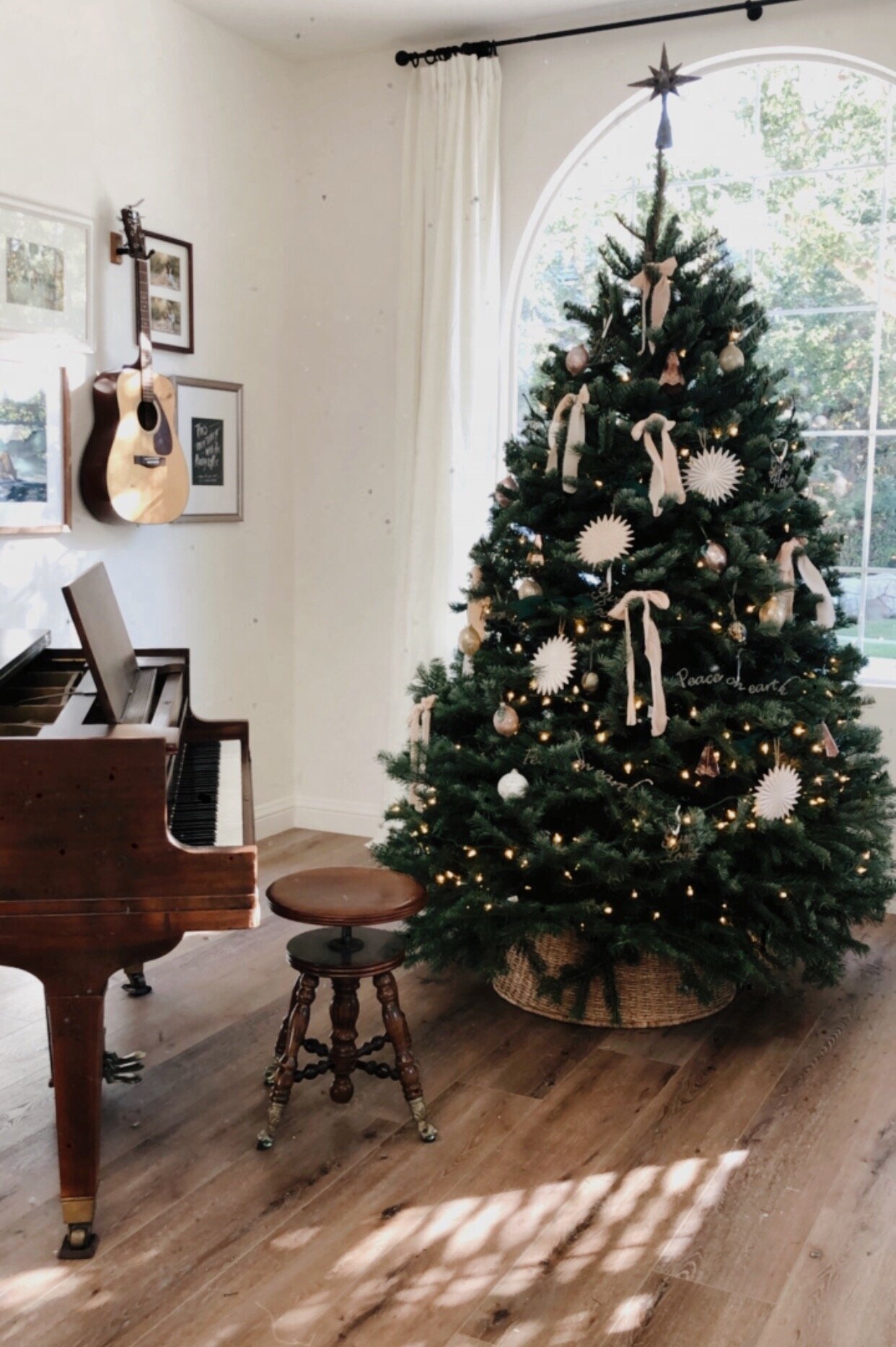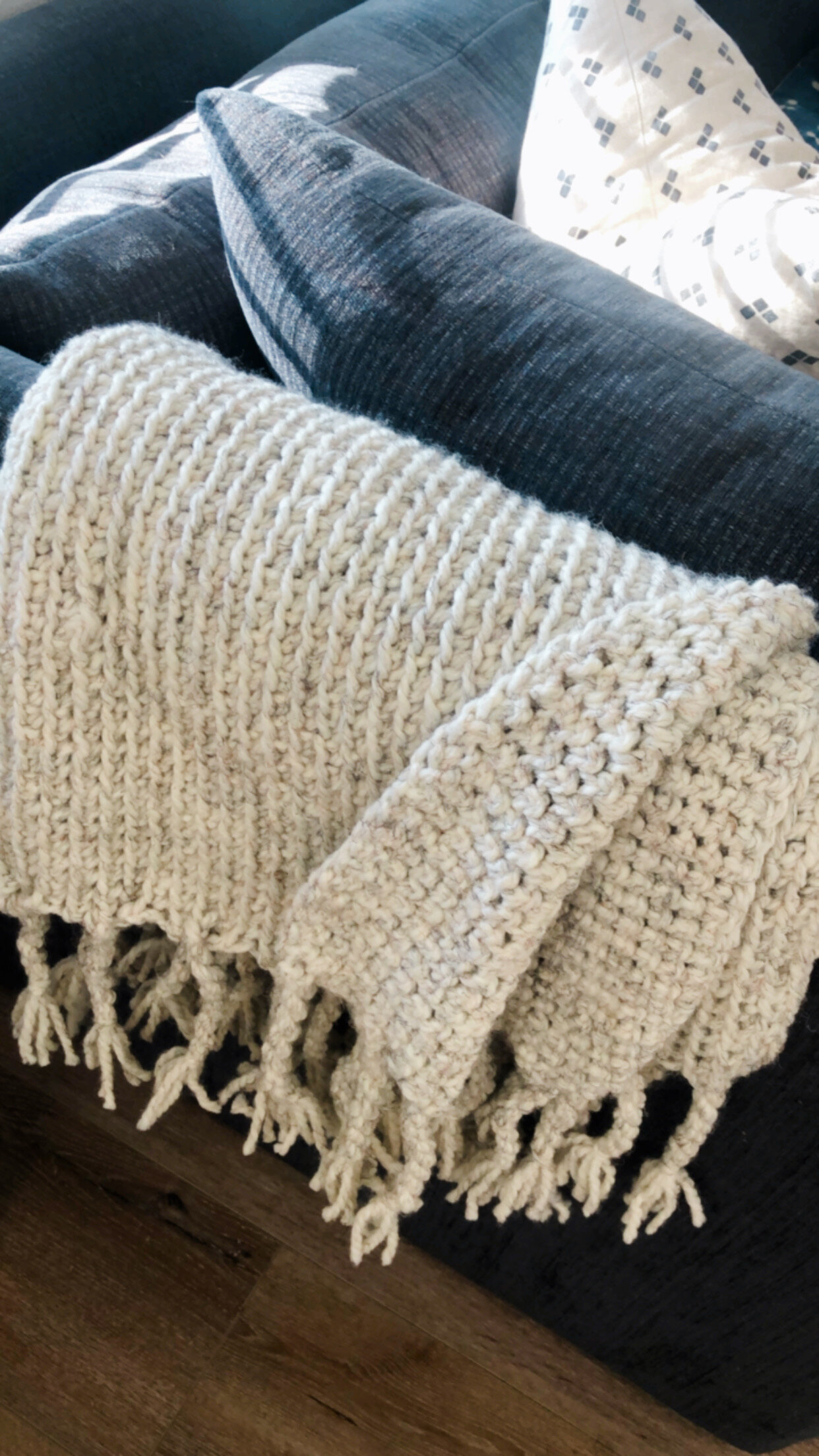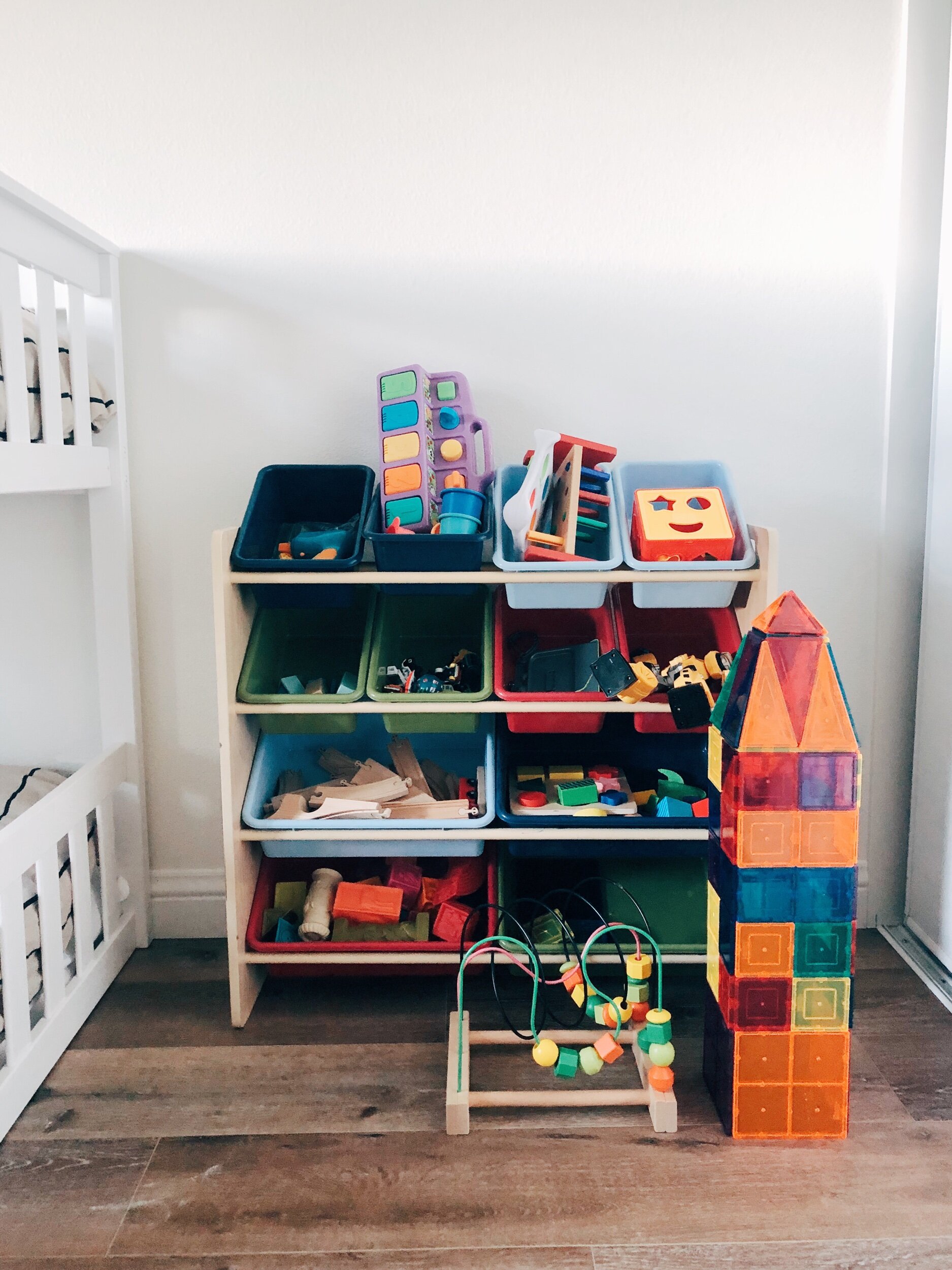Today marks the liturgical beginning of Advent—the season of anticipating the celebration of Christ’s birth and waiting in hope for Jesus’ second coming.
We’ve picked out our Christmas trees (thanks @scoutforestladera!), bought matching pajamas, walked to the candy cane tree in our neighborhood, and we’ve written letters to Santa, but what I love about this season is that it’s so much more than even these special moments.
It is in Advent that we practice holding both—the pain and the promise, the not-yet and the soon-to-come, the comfort and the joy. Advent is the season where we both sit in the darkness and pay attention to the light. A season where we make space for grief while also holding space for the magic.
A few ways we’re celebrating this year:
1 // Starting the season with Every Moment Holy: A Liturgy to Mark the Start of the Christmas Season and A Liturgy for Setting Up a Christmas Tree
2 // Family devotions at dinner using Ann Voskamp’s Interactive Family Celebration of Advent Calendar. Each day, there’s a new devotion along with an ornament to hang on the pop-up tree.
3 // Reading the Advent Storybook: 24 Stories to Share Before Christmas at bedtime with the boys.
4 // Incorporating into my morning quiet time: intentional journal time and Hannah Brencher’s Advent 2020 reflection emails.
5 // Creating an Advent video by taking a few seconds of video from every day of Advent and compiling it into a short video for us to watch on Christmas night.
In these days leading up to Christmas, may we practice—reflection, hopefulness, and peace. May we glimpse redemption and be reminded that joy is present, especially here, especially now.
This post contains affiliate links. If you choose to purchase through these links, I may receive a small commission at no additional cost to you.












